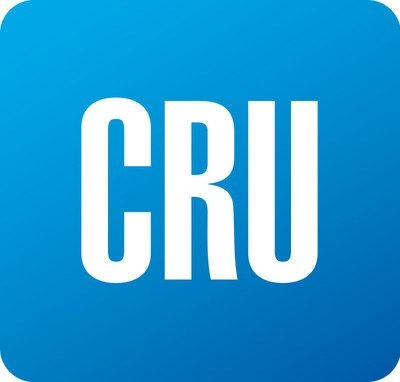Market

June 10, 2018
SMU Sources Predict $10 Increase for Prime Scrap in July
Written by Tim Triplett
Most Steel Market Update sources expect prime scrap to increase by about $10 per ton in July, with the price of obsolete grades moving sideways.
“Strong demand and lagging deliveries are the driving factors in the July market. Mills will be reluctant to cancel outstanding orders for fear of losing scrap to other mills and disrupting their own pipeline,” said one dealer in the East.
“Prime is expected to rise perhaps $10. The DRI plant shutdown and factory summer outages will reduce supply. There’s a lot of obsolete supply, but continued strong demand in the steel heartland should keep prices for shred and cuts sideways,” added a dealer in the Northeast.
Another SMU source believes a $10 jump may be too conservative. “The U.S. market is extremely firm and is starting to show strength that few are reporting thus far,” he said.
With both DRI/HBI plants down for an extended period, the demand for low-residual scrap will be acute and the supply will be limited, he continued. There is a healthy demand in both onshore and offshore markets for obsolete scrap. The premium for shredded scrap over HMS 80/20 has gone from $5 MT to $15 MT in less than a month. Turkey has paid $375 MT CFR for shredded and still has an appetite. These price levels for export will prevent U.S. East Coast shredded from going inland to Ohio and Pennsylvania, as well as to southeastern mills via barge. Therefore, low-residual grades can be expected to rise by a solid $20 GT. Obsolescent grades should receive a boost of $10-15 GT, with shredded on the high side. Prices could vary in certain regions, but the undercurrent is still strong, he said.
The price of pig iron has come down in South Brazil, but very little comes to the U.S. There have been unconfirmed reports of CIS sales, but prices were not mentioned. But after these sales, the next available shipments are for September. U.S. mills bought several cargoes last month at over $410 MT CFR, so they are not pressing at this point. On a delivered mill basis, $410 MT CFR NOLA equates to $445-460 GT depending on a mill’s proximity to the river system. This is another reason low-residual scrap can go higher since it’s at $380-400 GT now, the source said.
Scrap analyst Mike Marley of World Steel Exchange Marketing reports that most of his sources expect a gain in prime scrap of about $10 per ton. A few think shredded could rise as well because of the scheduled maintenance downtime at one major shredder in Detroit and the anticipated shortage of busheling there. That could boost demand for shredded at some mills that can vary their scrap mix. Also, shredded is in higher demand by some EAF mills that are using it instead of heavy melt and P&S because they want to minimize consumption of graphite in the EAF electrodes, he said.
Much depends on the supply of prime scrap. Most EAF mills are expected to have full buys in July. If some outbid others for prime industrial scrap, the losers will have to use shredded or other grades as substitutes. Flows into dealers’ yards have been adequate up to this point, but are likely to tail off as the hot and humid weather begins, especially in the South. Dealers say there are no excess supplies in their yards despite what some buyers and brokers believe. Most of those piles are scrap that was sold last month, but is still waiting for railcars or trucks to carry it to the mills, Marley said.
Industry data on steel mill production can be misleading, Marley added. “Most mills are running at higher levels than the AISI raw steel production numbers indicate, but that may be because, in my view, AISI still includes idled mills like AK Steel’s Ashland Works in the calculation. Ashland hasn’t produced a ton of steel in years.”
The post SMU Sources Predict $10 Increase for Prime Scrap in July appeared first on Steel Market Update.






